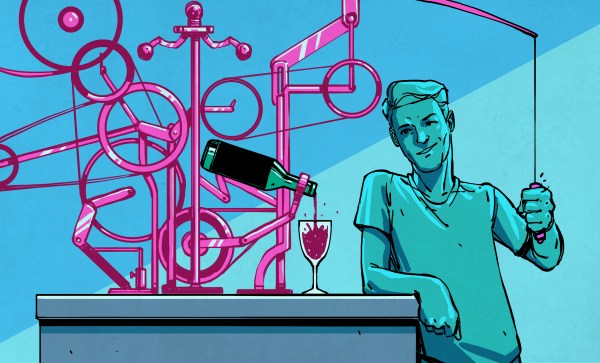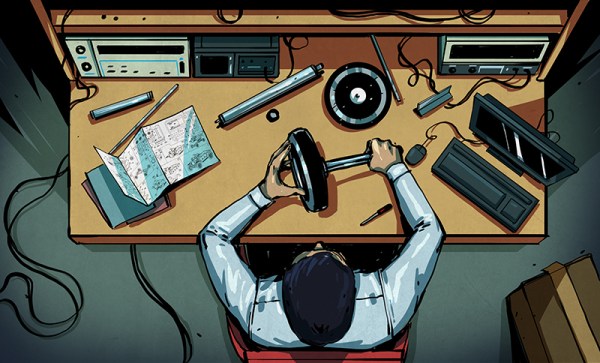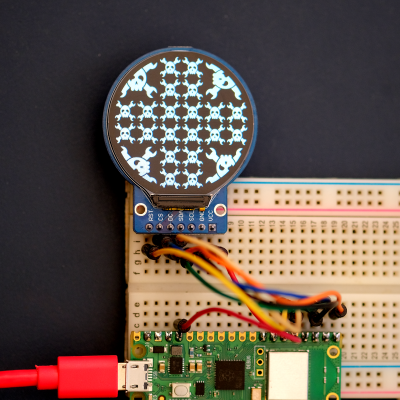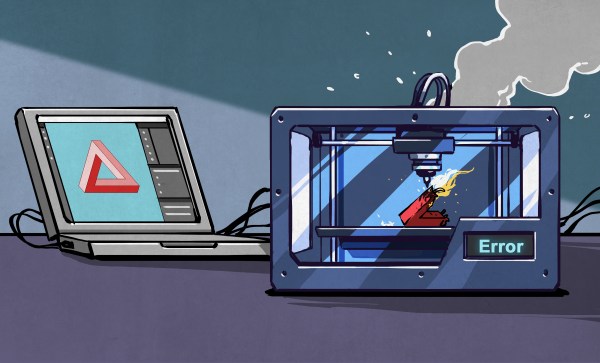While talking about a solar powered portable Bluetooth speaker project on the podcast, I realized that I have a new category of favorite hacks: daily-use hacks.
If you read Hackaday long enough, you’ll start to categorize everything. There are the purely technical hacks, beautiful hacks, minimalist hacks, maximalist hacks, and then the straight-up oddball hacks. Sometimes what strikes us is the beauty of the execution. Sometimes it’s clever choice of parts that were designed to do exactly the right thing, and simply watching them do their job well is satisfying, and other times we like to see parts fooled into doing something they have no right to.
 While I really like the above speaker build because it’s beautiful, and because it uses a clever choice of audio amplifier to work with the supercapacitors’ wild voltage swings, what really struck me about the project is that [Jamie Matthews] has been using it every day for the last nine months. It’s on his desk and he uses it to listen to music.
While I really like the above speaker build because it’s beautiful, and because it uses a clever choice of audio amplifier to work with the supercapacitors’ wild voltage swings, what really struck me about the project is that [Jamie Matthews] has been using it every day for the last nine months. It’s on his desk and he uses it to listen to music.
That’s a simple feat in a way, but it’s a powerful one. Some of my absolutely favorite projects of my own are similar – they are ones that I use all the time. Not the cliche “life hack”, which are usually like a clever way to peel a grapefruit, but rather hacks that become part of daily life. So look around you, and if you’re anything like me, you’ll find a number of these “daily driver” hacks. And if you do, celebrate them.
(And maybe even send ’em in to the tips line to share!)



















